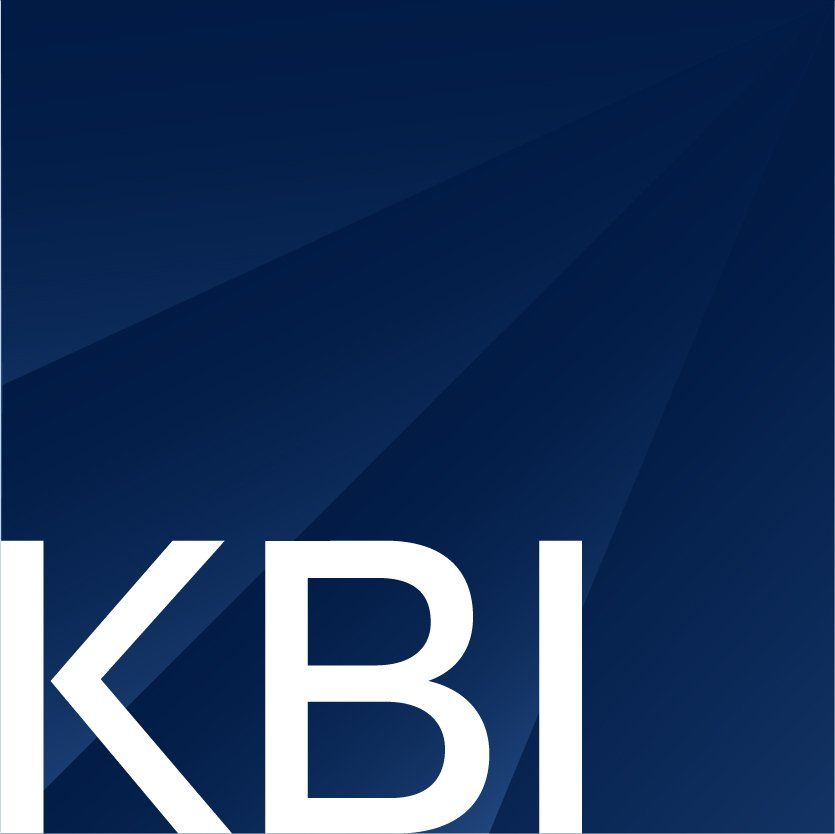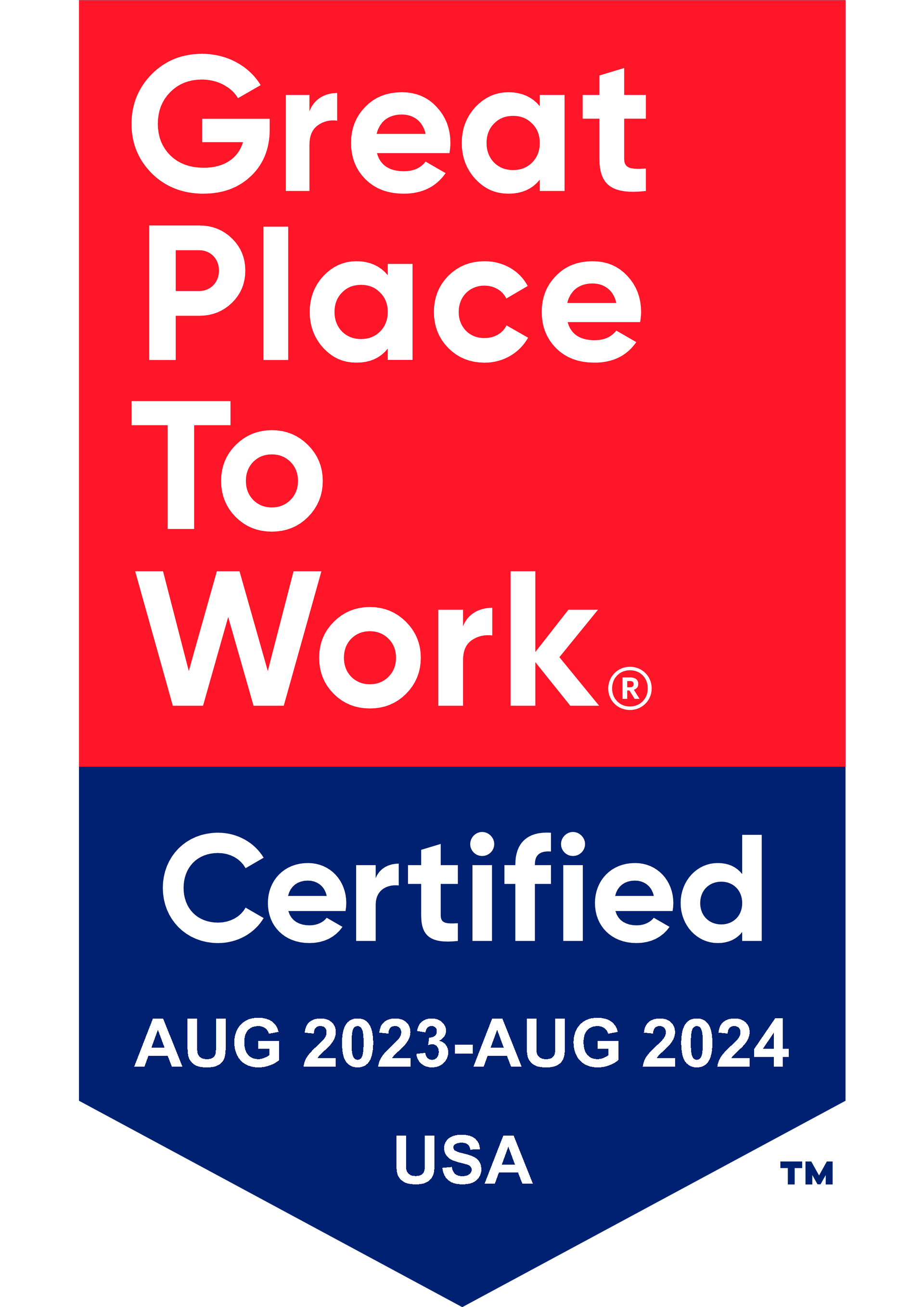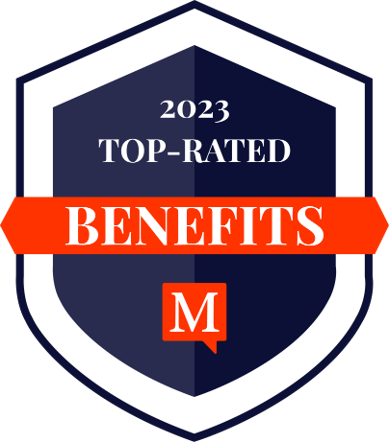Get in touch
408-366-8880
mymail@mailservice.com

Average Mid-Sized Business Benefits Package Options

It might be true that mid-sized employers have more revenue than smaller employers—between $50 million and $1 billion by definition—but many factors can impact the bottom line and reduce profit margins for any business. Benefits, for example, have a hefty financial impact on organizations, and the higher the headcount, the more the company will need to pay for traditional health care and benefit plans.
Mid-size employers typically have between 100 and 999 employees, which means there is a big difference in employee benefit costs depending on which end of the headcount spectrum you’re on. Still, at the end of the day, mid-sized businesses have to find a way to offer a decent benefits package if they want to attract and retain top talent. They must find a way to meet the needs of their workforce while still keeping budgetary constraints in mind.
EMPLOYEES ARE IN THE DRIVER’S SEAT
In today’s market, employees expect more from their employers than ever before, particularly when it comes to competitive benefits. In fact, many employees would select a job with lower pay if it offered more competitive benefits than a job with higher pay. This is especially true if the medical, dental, and vision insurance package was better, based on a 2020 study by Fractl.
Indeed, health-related benefits have been a top-rated benefit by employees for years. Several bodies of research indicate that regardless of the generation—from Baby Boomers down to Generation Z—health insurance matters. Additional benefits that the current workforce considers important include flexible work arrangements, remote work options, and more paid time off.
It’s also true that the post-COVID-19 world and the recent Great Resignation have created a candidate-driven market. With so many open jobs and the need to hire talent to fill them, candidates and employees have the upper hand. And they’re not afraid to ask for what they want from employers. Therefore, offering a competitive benefits package is required.
MID-SIZED BUSINESS BENEFITS PACKAGE OPTIONS
For mid-sized businesses, a benefits package to attract and retain talent should include the following ancillary and voluntary benefit options:
- Medical insurance
- Dental insurance
- Vision insurance
- Health spending or savings account
- Life insurance
- Disability insurance
- Mental health benefits
- 401(k) or another similar retirement plan option
- Paid time off
- Flexible working arrangements
MEDICAL INSURANCE
The Affordable Care Act requires employers with 50 or more employees to offer medical insurance or face a stiff tax penalty. To comply with the law, medical insurance should cover:
- Prescription drugs
- Preventative care
- Inpatient hospital treatments
- Treatment of disease, illness, and accidents
The most commonly offered health plans in 2021, according to SHRM, were:
- Point of Service (POS) Plans—16%
- High-Deductible Health Plans (HDHPs) without HSAs—16%
- Health Maintenance Organization (HMOs) Plans—31%
- HDHPs with Health Savings Accounts (HSAs)—62%
- Preferred Provider Organization (PPO) Plans—79%
Many organizations have chosen to expand their supplemental health benefits to remain competitive in a post-COVID-19 world while maintaining the medical insurance benefits previously offered. Critical illness, intensive care, hospital indemnity, and long-term care insurance are some of the supplemental health benefits you might offer to improve a benefits package for employees without increasing costs too much for the organization overall.
DENTAL INSURANCE
Dental insurance is considered a standard benefit that employees expect to have access to. According to SHRM, in 2020, nearly 95% of employers offered dental insurance.
VISION INSURANCE
Vision insurance is another benefit employees expect to be offered. In 2020, 92% of employers offered vision insurance.

HEALTH SPENDING ACCOUNTS – FSAS, HSAS, AND HRAS
A flexible spending account (FSA) accompanies most traditional health-insurance plans outside of an HDHP. FSAs allow employees to pay for qualified medical expenses tax-free up to the annual limit set by the IRS.
A health savings account (HSA) accompanies most HDHPs. Many employers opt to offer HDHPs due to the cost savings compared to traditional co-pay plans (e.g., HMOs, PPOs, etc.). Since they carry a high deductible, many HDHPs are HSA-eligible. Often, employers choose to contribute to their employees’ HSAs. HSAs operate similarly to an FSA, with some added benefits. Funds contributed to an HSA remain with the employee and are never lost—unlike an FSA, which has a “use it or lose it” requirement attached. An HSA also operates like a savings account: it can earn interest and be rolled over into a 401(k) when specific criteria are met.
Mid-sized businesses that would like to offer some form of coverage but might be stretched a bit too thin if they offer standard medical insurance still have options. A health reimbursement account (HRA) plan is one example of such an option.
An HRA works much like an HSA as far as reimbursing covered medical and health-related expenses at a tax advantage. Unlike an HSA, however, an HRA is completely employer-funded. There are several types of IRS-approved HRAs an employer can choose to offer. Nearly 17% of employers offered an HRA in 2020.
LIFE INSURANCE
Life insurance provides peace of mind for employees with families that might face a financial challenge in the event of an unexpected death. Most employers offer a standard level of life insurance free to employees, and employees have the option to purchase additional coverage.
SHORT-TERM DISABILITY INSURANCE
Short-term disability (STD) pays employees a percentage of their base pay if they need to take an extended leave from their job due to qualifying health-related reasons. It generally lasts between three and six months, depending on the plan.
Some businesses offer STD insurance as an elective benefit where the employee covers the entire cost. In 2020, 62% of employers covered at least part of the cost.
LONG-TERM DISABILITY INSURANCE
Long-term disability (LTD) pays employees a percentage of their base if they need to take leave due to qualifying health-related reasons beyond what a short-term disability plan or sick leave covers. Depending on the plan type, payment can continue for two to ten years (or longer) and even up to retirement age.
Like STD insurance, some businesses offer LTD insurance as an elective benefit where the employee covers the entire cost. In 2020, 71% of employers covered at least part of the cost.
401(K) RETIREMENT PLAN
More than 90% of employers offer a defined contribution retirement plan, or 401(k), to help employees financially plan for retirement. With a defined contribution retirement plan, employees can decide to contribute up to the annual IRS limit. It is common for employers to also contribute to their employees’ 401(k)s by matching up to a certain percentage of the employees’ contribution. The employer match then vests at a later date in the future. Some employers opt to provide discretionary contributions distributed into employees’ 401(k) each year, even if the employee chooses not to contribute to the plan.
VACATION AND PAID TIME OFF
Parental leave, flexible working arrangements, and paid time off are the three benefits that matter the most to employees after insurance-related benefits. To meet the demand for these benefits, many employers now offer emergency leave, caregiver leave, parental leave, and mental health days.
Other common types of time-off benefits companies offer are:
- Paid time off (PTO)
- Sick leave
- Vacation
- Personal leave
- Maternity and/or paternity leave
- Paid holidays
- Personal holidays
- Volunteer pay
- Bereavement pay
FLEXIBLE AND REMOTE WORKING OPTIONS
More than 80% of employers appreciate that flexible working arrangements are vital in today’s world and feel they can offer such arrangements to their employees. Flexible schedule options employers frequently offer include:
- Remote work (fully working from home)
- Hybrid telecommuting (i.e., part-time in the office and part-time working from home)
- Flexible workday start and end times
- Compressed workweeks (i.e., 4x10, 4x9, and ½-day Fridays, etc.)
MENTAL HEALTH BENEFITS
In recent years, the public has become increasingly aware of mental health challenges, and more people have spoken up and asked for support to reduce the stigma. Worldwide, conditions like anxiety and depression are expected to increase due to COVID-19. As a result, employers have started to offer improved mental health benefits to support their employees. Some options employers have turned to included free telehealth sessions, direct access to mental health clinicians at the office or a local clinic, and providing resources that support mental health, like apps and meditation rooms.

ADDITIONAL BENEFIT OPTIONS FOR MID-SIZED BUSINESSES
There are additional benefits a mid-size business can consider to increase their competitiveness in the job market while also improving the morale of existing employees. The good news is that many can be offered at a relatively low cost, as well. Options include:
- Home office incentives for remote workers
- Tuition reimbursement
- Student loan repayment benefits
- Wellness incentives
- Gym memberships
- Identify theft protection
- Financial planning resources
- Childcare benefits
- Pet-friendly benefits
ADVANTAGES OF WORKING WITH A BENEFITS BROKER FOR MID-SIZED BUSINESSES
It’s no secret that researching benefit options and designing and implementing a benefits plan requires a ton of work. It takes time and resources and can be a long and drawn-out process if you’re unsure of your options or unfamiliar with benefit plan design. That’s why it can be highly beneficial to work with a team of reputable benefits experts to support you from start to finish.
The many advantages of working with a benefits broker include:
- Saving time and money on research by allowing the experts to do the legwork
- Your interests being a broker’s priority
- Simplifying the selection process
- Ensuring you’re meeting legal requirements
- Receiving competitive pricing and plan options
- The ability to offer competitive employee benefits based on your needs and budget
- Having a partner by your side for the long-term
KBI = YOUR EMPLOYEE BENEFITS EXPERTS
A benefits broker understands the ins and outs of insurance and can guide you to make sure you have your bases covered with the best pricing and plans available to you. KBI has been serving mid-sized businesses for decades, and our team is here to support you through the complex employee benefits identification and decision-making process. From the first meeting to open enrollment to making future adjustments, you’ll be able to rest assured you’ve made the best choices possible for your employees and budget.
Services
Latest Thinking



